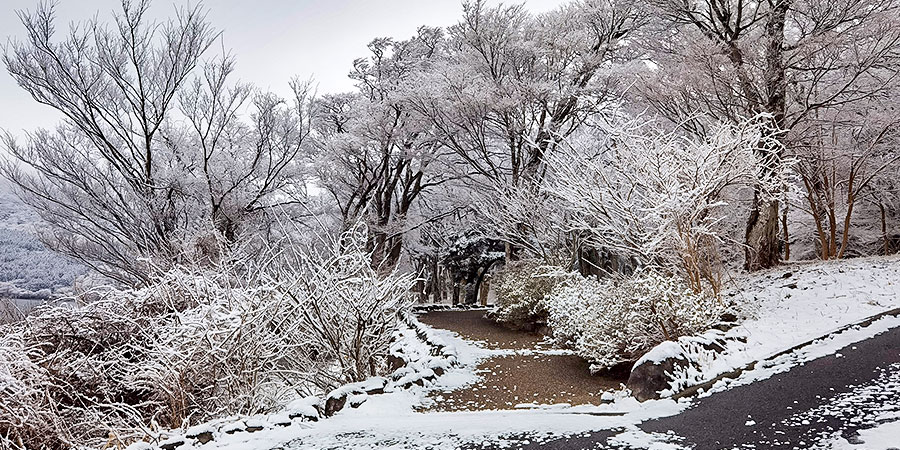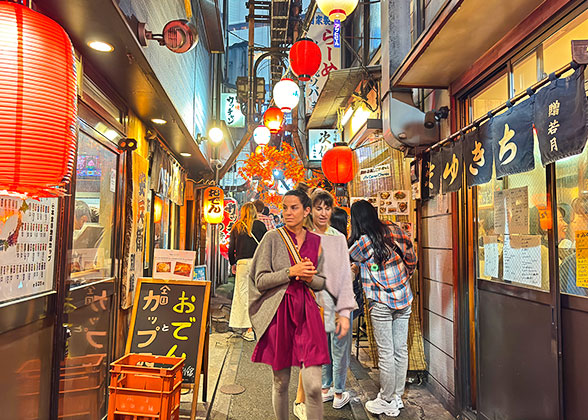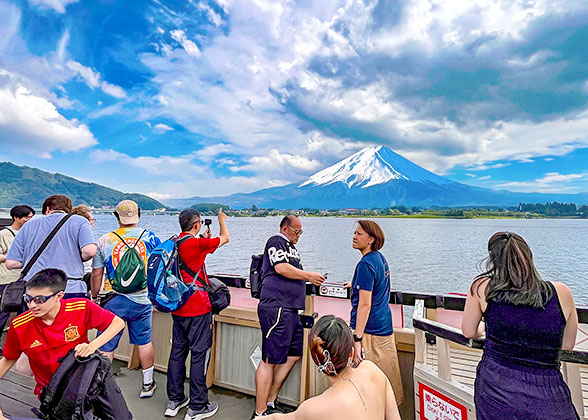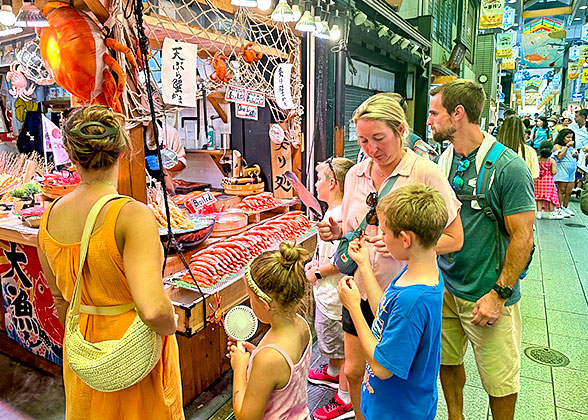Best Time to Visit Mount Fuji
The Best Time to See Snowcapped Mount Fuji: December to February
The best time to see Mount Fuji is from December to February in winter when the mountain top is largely covered by snow. Besides, the precipitation is the lowest in winter compared with other three seasons, with no more than 14 wet days on average each month. On the contrary, there are plenty of sunny days and the average cloud cover is relatively low, making visibility the highest of the year.Notably, the best time in a day to view Mount Fuji is early in the morning around 5am to 8 am, when the air contains less vapor, contributing to the highest visibility.

Snow Scenery on Mount Fuji
|
Seasonal Tips
The weather of the Mount Fuji foothills in December to February is very cold, with the daytime temperatures ranging roughly 5-10 degrees Celsius (41-50 degrees Fahrenheit), and nighttime temperatures generally under freezing point. Therefore, you’d better take proper measures to keep warm, like wearing thermal underwear and thick outwears and bring some heat packs.Besides, the daylight hours during this period are relatively short, averaging about 10 hours, which needs a tight schedule on your itinerary. Therefore, it is recommended that you start your trip early and don’t come back too late.
See also: Top 6 Places to Enjoy the Best View of Mt. Fuji
The Best Time to Climb Mount Fuji: July to Early September
The official climbing season for Mount Fuji is from early July to early September, when the snow on the mountain summit has melted, the temperature up there is bearable, and all routes to the summit are open to the public under normal circumstances.A friendly reminder: July to September is rainy, and the weather on the mountain is particularly unstable, with thunderstorms to occurring, so climbers are better to pay close attention to the weather reports of Mount Fuji, as climbing trails may close in the event of bad weather.
See more: Can You Still Climb Mt. Fuji Now?
The Best Time to Admire Spring Scenery around Mount Fuji: Late March to Late May
From late March to late May, as the climate gets warmer and warmer, the area around Mount Fuji is becoming more vibrant with blooming flowers.Early to mid-April is the best time to enjoy cherry blossoms, where you can admire the beauty of different varieties of cherry blossoms in many places such as near the north shore of Lake Kawaguchi. Or at Arakurayama Sengen Park, you can enjoy the harmonious scene of Churei Pagoda and cherry blossoms in the foreground and snow-capped Mount Fuji in the background. What’s more, the cherry flower trees on both sides of the river in Oshino Hakkai are in full bloom, exuding alluring fragrance.

Tourists Admiring Sakura
|
Mid-April to late May marks the Fuji’s moss phlox season when the grounds surrounding Lake Fujikawaguchi are covered in stunning pink moss phlox. The grand Fuji Shibazakura Festival also takes place here, featuring food carnivals and special souvenirs, which will surely leave you unforgettable memories.
Warm Tips
Tourists who are allergic to pollen are advised to wear masks; in addition, the end of April to the first a few days of May happens to be Japan’s Golden Week, during which the number of tourists increases significantly. To ensure a smooth trip, it is best to book air tickets/train tickets in advance, and go to tourist attractions early to avoid peak crowds.The Best Time to Admire Autumn Foliage around Mount Fuji: Late October to Late November
As the weather cools down, the leaves at the foot of Mount Fuji gradually transform into fiery red, orange, and golden yellow. If you’re planning a trip to Mount Fuji in 2025, late October to late November is the best time to view the autumn leaves around Mount Fuji. During this period, locations like the Red Leaf Corridor in Lake Kawaguchi, the Asahigaoka Lakeside Greenspace Park in Lake Yamanaka, and the Chureito Pagoda at Arakurayama Sengen Park offer stunning views of the autumn foliage framing Mount Fuji. Furthermore, many locations hold red leaf festivals and illuminations at night, creating a magical atmosphere.

Beautiful Red Leaf Corridor
|
Unfavorable Time to Visit Mount Fuji: June

Mount Fuji Obscured by Mist
|





